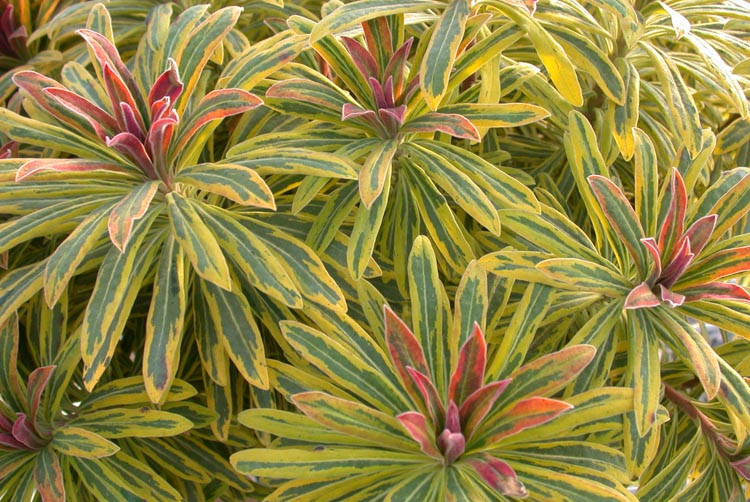There are pests and there are Thrips. I think if I have a gardening nemesis it is them. Tiny weeny little critters that just seem bullet proof. Honestly, I think I have tried every remedy, oil and bug killer out there and only now am I starting to get on top of the problem. Fortunately my thrips outbreak is restricted to only one large monstera deliciosa that lives in my upstairs bathroom, so I have been able to fully quarantine her so the rest of the plants in the house have not been infected (touch wood).

So let’s talk about Thrips
Thrips are tiny winged insects that’s are generally less than 2mm long as adults. They feed on your beloved plants by sucking the juices out of individual cells from the leaf blade or petiole. Entomologists have described over 6000 species globally. I think the ones I am hosting are the Western Flower Thrips (rankliniella occidentalis). Although they have wings in their adult form, these are only suitable for short hops rather than long distance flying. Therefore, they are unlikely to spread too far if you are able to quarantine your plants quickly enough. Interestingly the singular name for this insect is Thrips as well as the plural.
The lifecycle of a Thrips is a complicated one and is made up of several stages, called instars. The female Thrips will cut a small slit in her chosen section of plant into which she will lay her eggs. From there the larvae will emerge and commence the attack on your precious plant! The larvae which make up the first two stages are tiny wingless critters that you will see moving around on the leaves of your plants. At this stage they are already feeding on the tissue of your plants by piercing the surface layer and sucking out the plant’s juices (nice!). In the third, fourth and fifth instars the Thrips stop feeding altogether and go through a resting stage, similar to the pupae stage of a butterfly, during which their body metamorphose int0 adult form. Eradicating Thrips is most easily done in the first three stages while they are eating and their body is more vulnerable to your chosen method of killing them.

Thrips are a serious problem in global agriculture, they are a vector for several viruses that have a huge impact on fruit and vegetable production.
If only it was that easy! Unfortunately, what I have learnt over the last seven months of battling Thrips is its not a simple spray and walk away exercise. You must take a considered approach over an extended period of time if you want to eradicate them altogether. I started with a Neem oil mixed with insecticidal soap that appeared to work after it was applied a few times, but after a few weeks they returned. I then tried a product called SB plant invigorator and bug killer which again worked quite well for a time but once again they returned. It was at this point that I realised that I was missing something in the battle and it was part of the life cycle of the Thrips that was catching me out. As I have described above, the female Thrips will lay her eggs under the surface of the leaf where they will stay nice and cosy in a state of dormancy until such time as the conditions are suitable for the Thrips to hatch out and begin its lifecycle. The key thing to understand is that once the egg is protected under the surface of your plant there is nothing that you can spray on that will get to it unless you decide to go down the route of systemic pesticides and even then, there is some doubt as to whether this is effective at killing the eggs. In effect the plant itself is shielding the egg from whatever your chosen method of eradication is. Clever Thrips! So the key to success is in fact not a single product or method but a considered long term approach to eliminating the little blighters.
